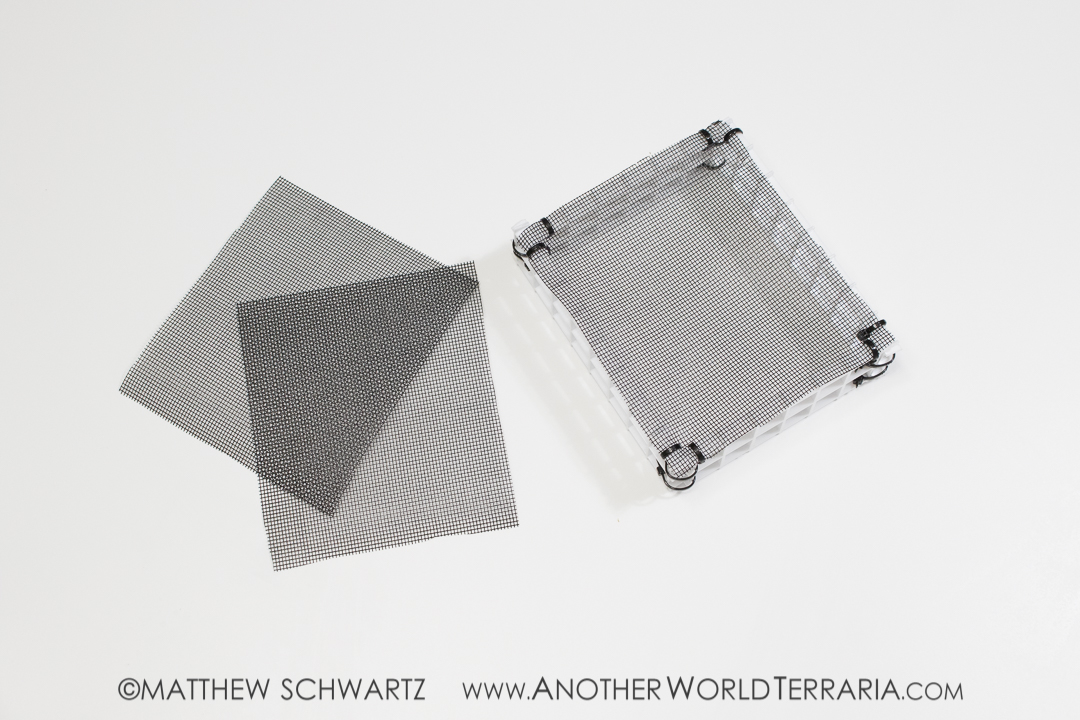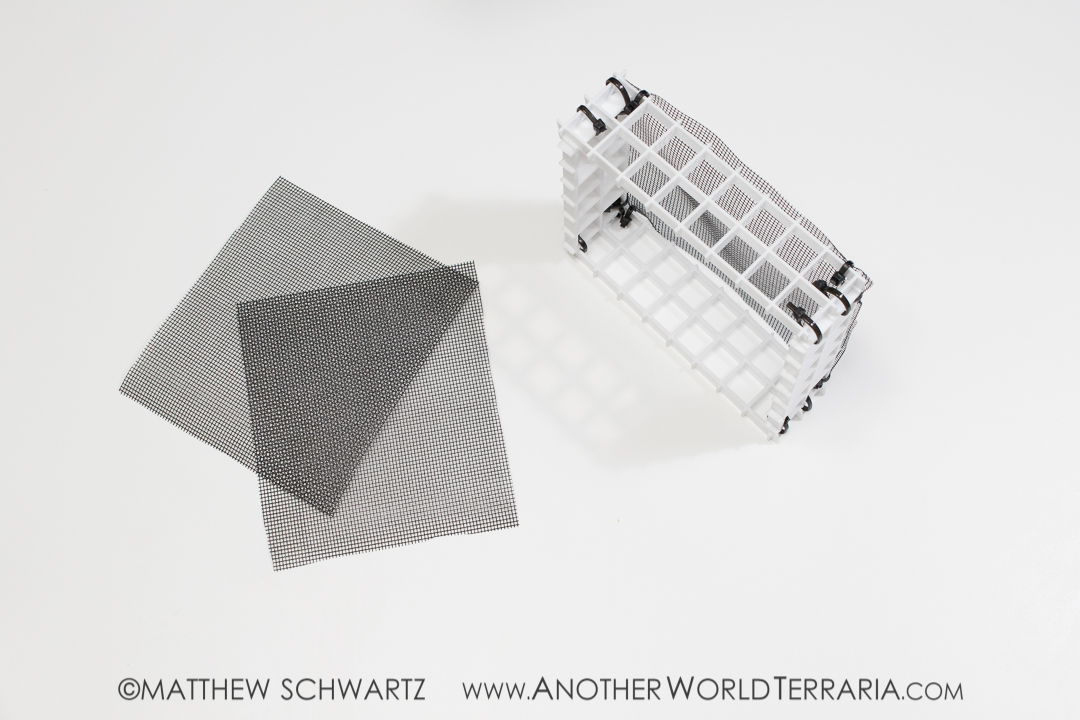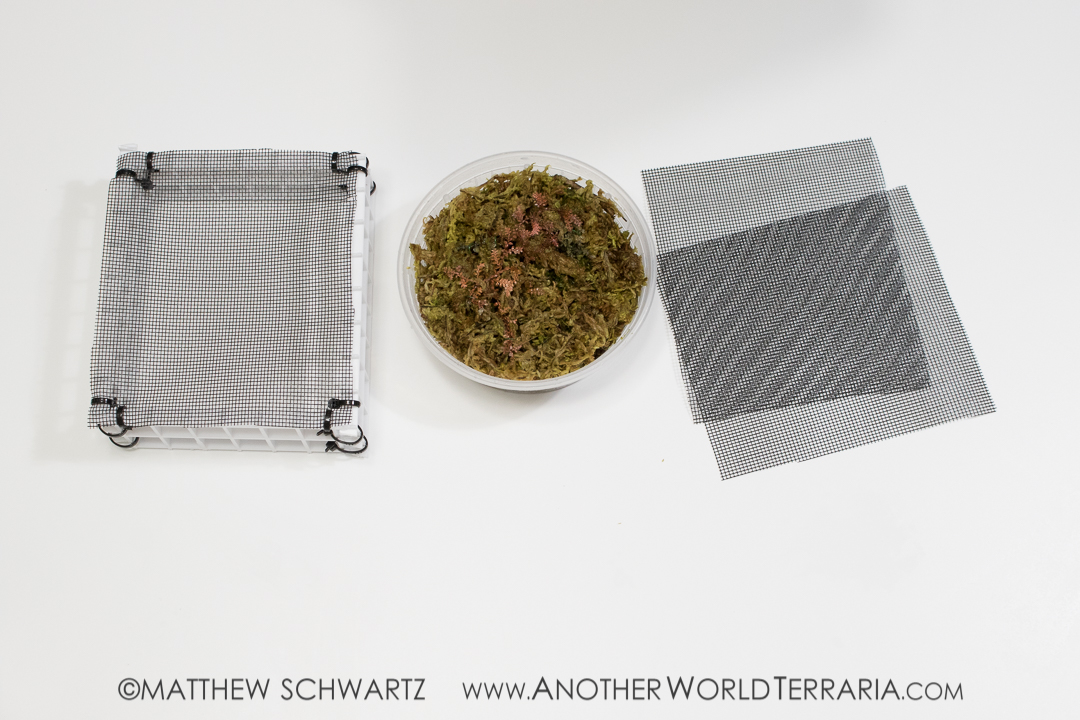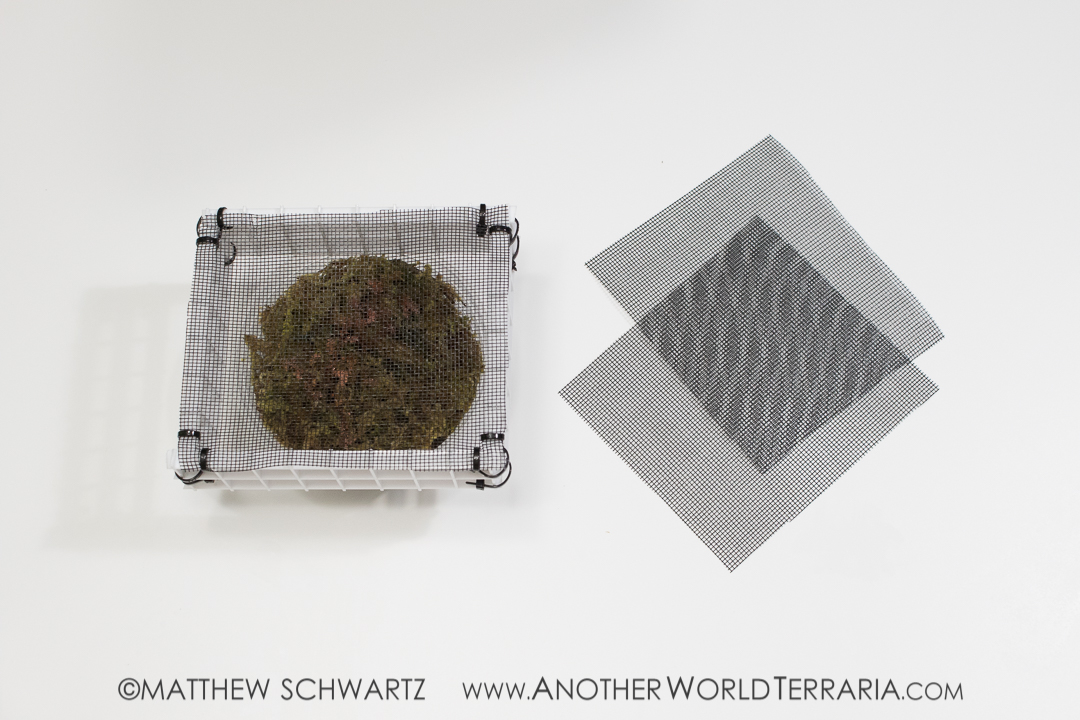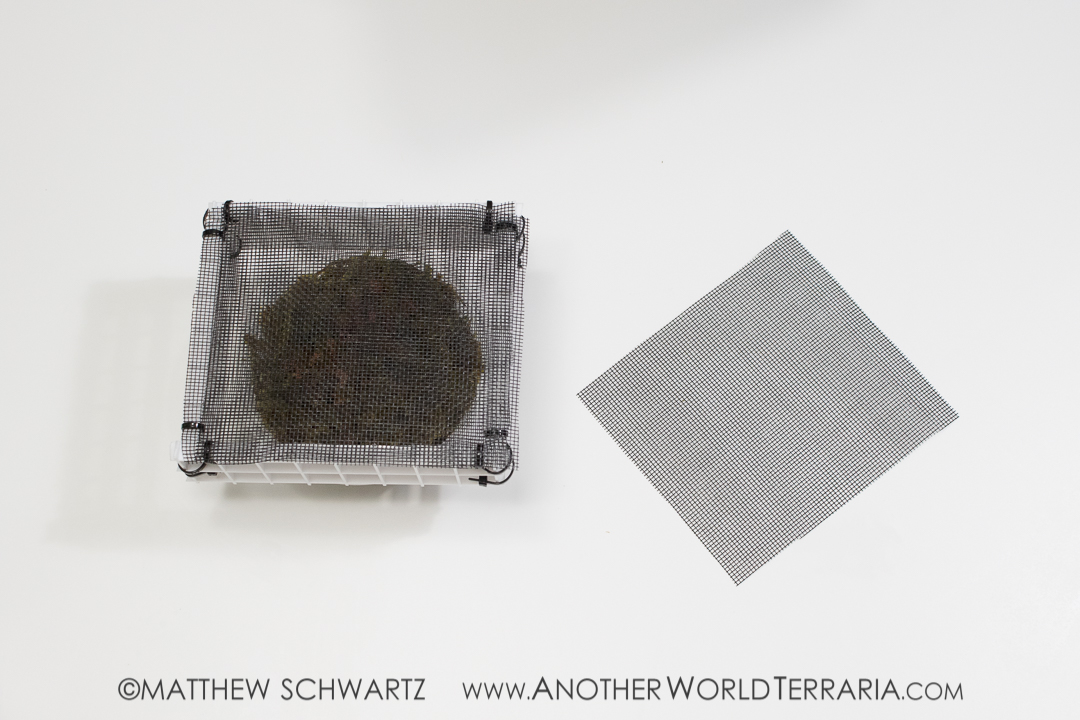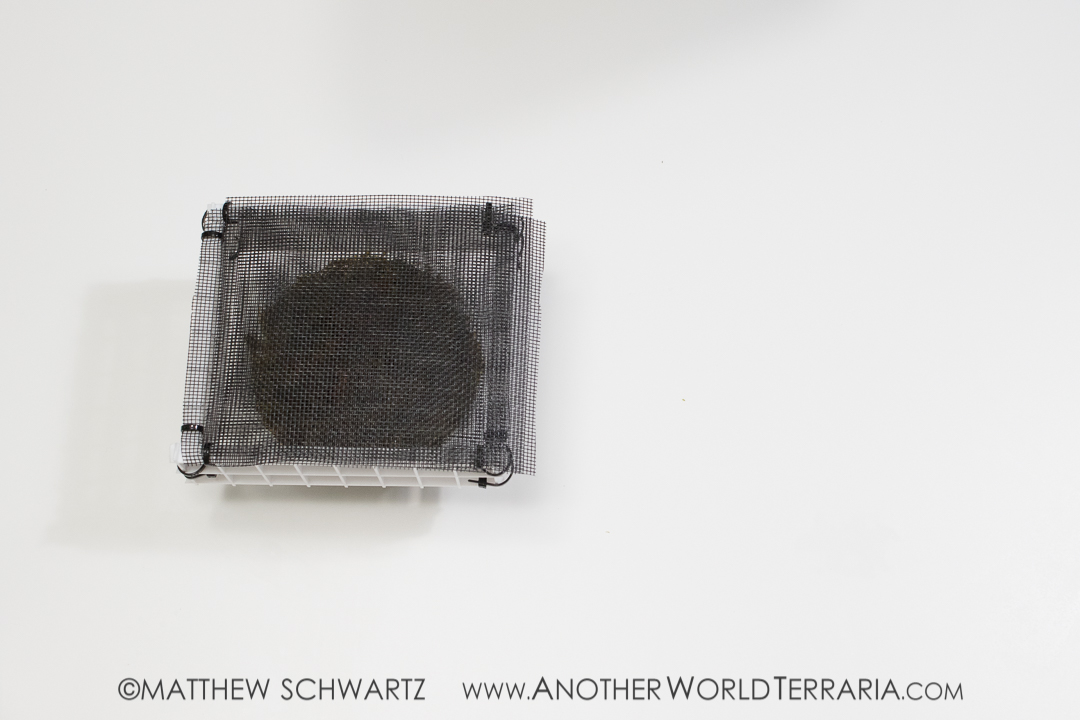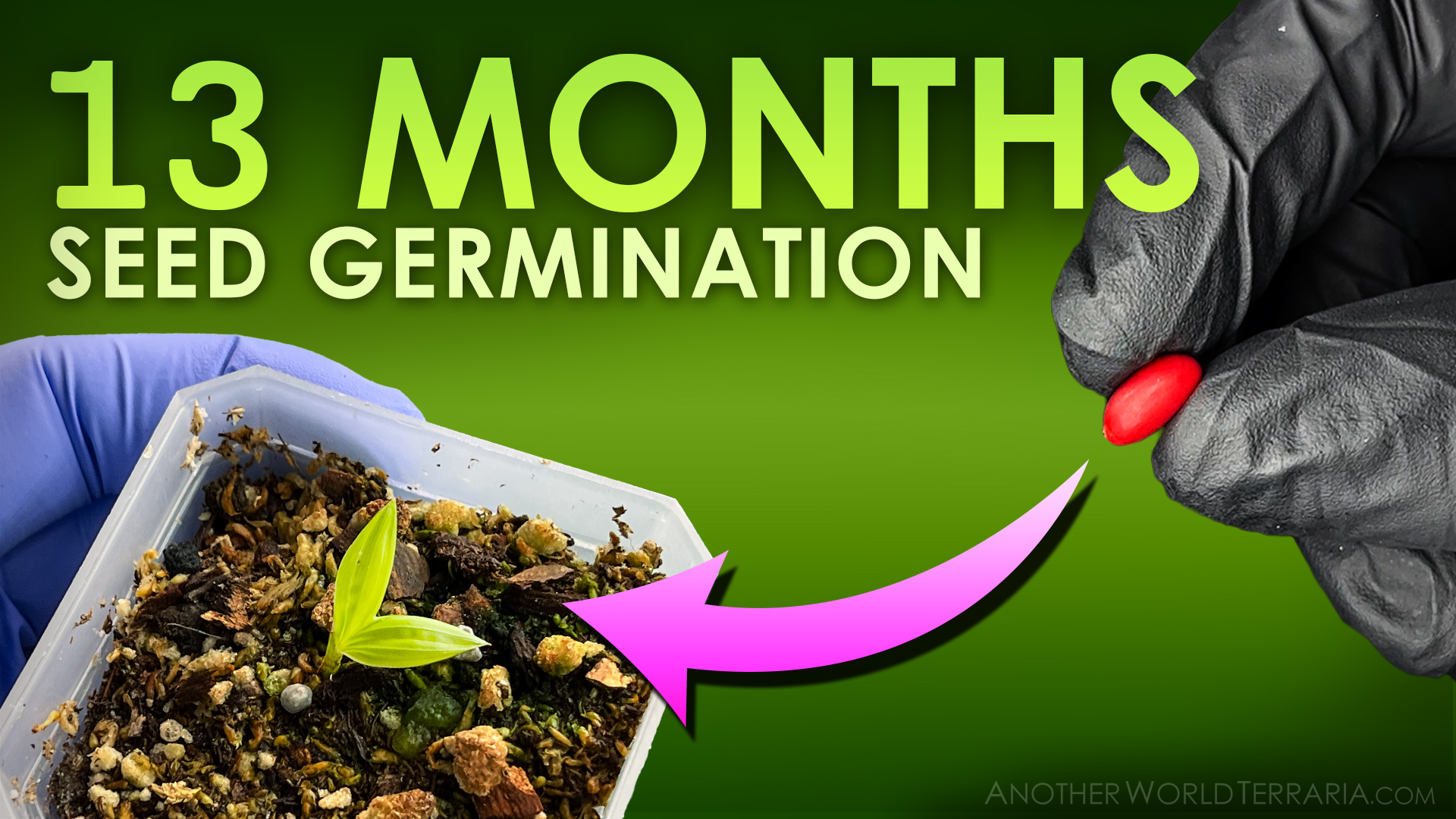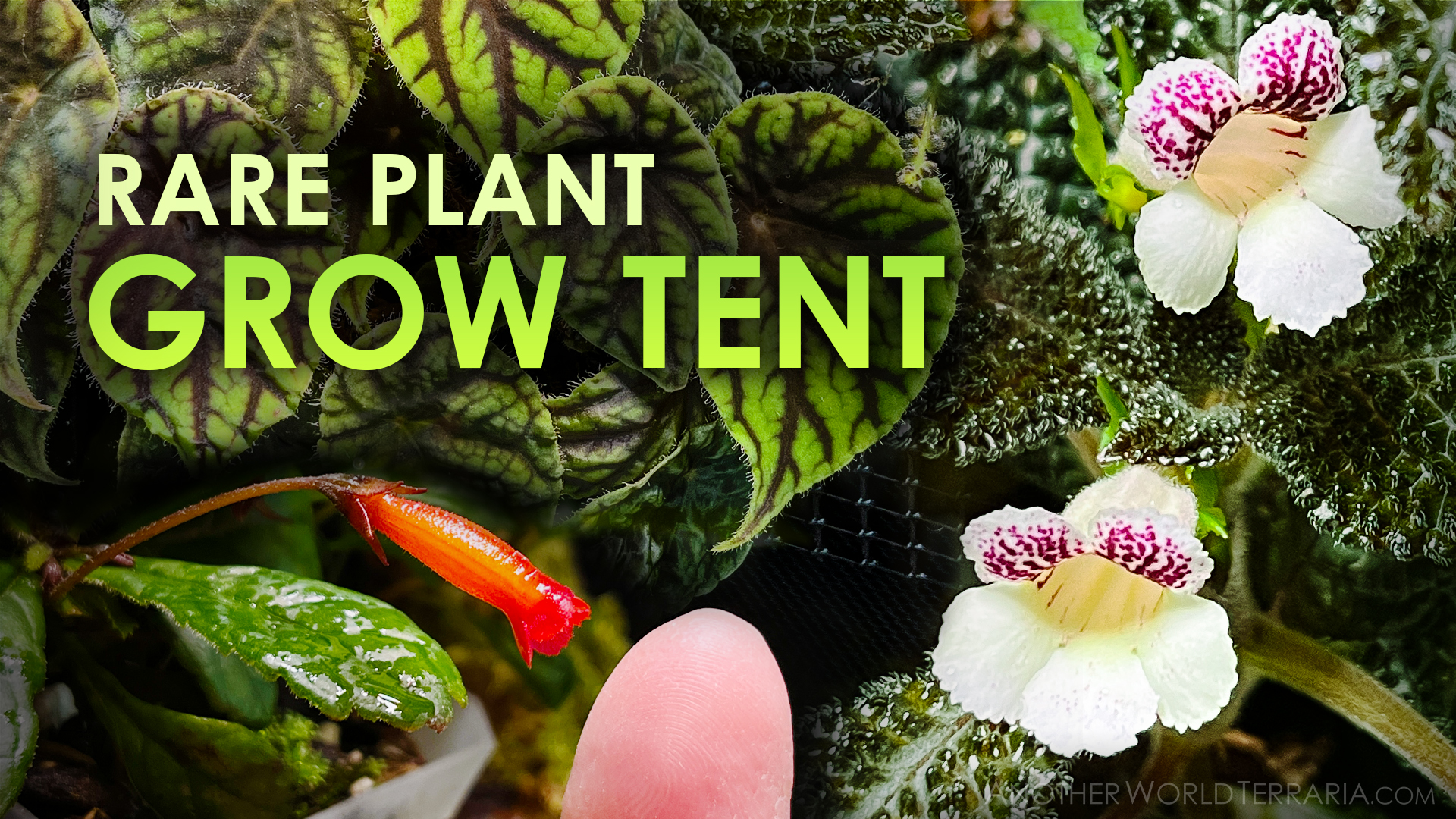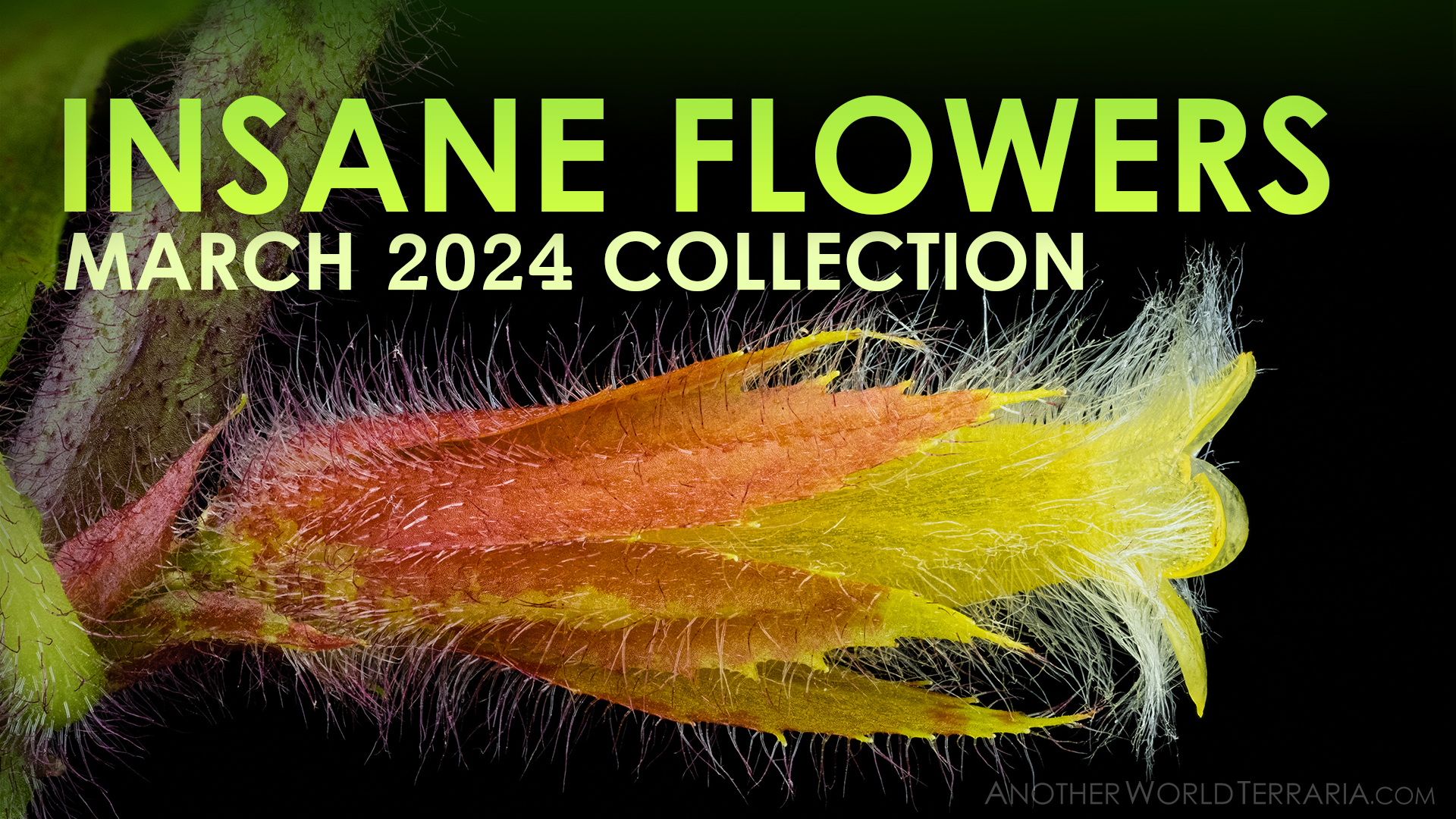Sometimes you need to reduce the amount of light reaching a particular plant. One method you can use is to create a little shade tent, as I did for a distressed Selaginella. This article explains the details.
Some of the links on this page may be affiliate links. If you click one that is an affiliate link and then make a purchase, I may get paid a small commission (at no extra cost to you), which helps support the cost of running this site. More info.
In this article:
- Example of a shade tent I made
- Explanation of why you might need one
- Learn how I made the amount of shade adjustable
- Learn how the air flow is maintained to the plant
The article on this page has additional photos, and a basic tutorial explaining how to make your own shade tent.
A simple and effective shade tent
The example below is a miniature shade tent which I created to reduce the light levels for a single plant inside of a grow tank.
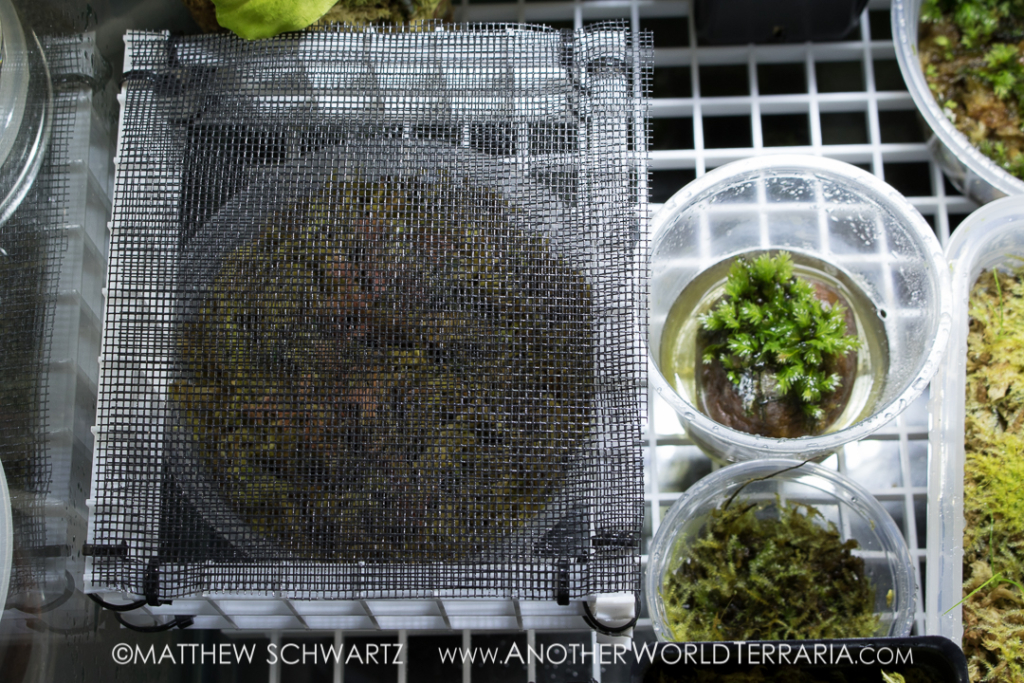
Some of the benefits of this design are:
- Very lightweight
- Long lasting and won’t rust
- Relatively inexpensive
- Not affected by water and humidity
- Easy and fast to make
- Customizable to any shape and size
- Light levels are adjustable
- Maintains airflow to the plant
How it works
What you’ll need
- Plastic lighting grid, AKA “Egg Crate” (I get it from Lowes)
- Fiberglass Window Screen (don’t use metal screen)
- Scissors
- Heavy duty side cutting wire cutters
- Zip ties
- Eye Protection (Goggles or Face Shield)
How to make a custom shade tent
- Come up with a plan for the frame shape, size, and design you need.
- Take basic measurements. Consider making the frame tall enough to allow room for plant growth.
- Put on your protective eyewear.
- Using heavy duty wire cutters, cut the plastic grid to whatever size and shape are needed for the implementation in question.
- Zip tie the frame together, then clip off the excess length of zip tie, if desired.
- Use fiberglass window mesh to create the light reduction screen. In most cases you should only attach a top mesh sheet. Avoid making side mesh panels, to maintain adequate air flow to the plant. Certain species may actually do better with side panels, so “know your plant.”
- Zip tie the mesh onto the frame.
- If needed, create additional mesh panels and stack them to reduce the light even further.
This is only the beginning
The shade tent idea I’ve outlined can serve as a starting point for a variety of other designs and applications. Be creative and do experiments. You have to test your ideas, to see what works, and what doesn’t work. If you come up with any cool designs or ideas you’d like to share, feel free to post in the comments, or email me!

